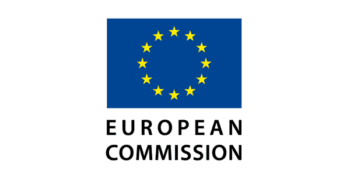On April 11, the European Commission published “Guidelines on the classification in the Combined Nomenclature of goods put up in sets for retail.” The guidelines clarify what types of goods once assembled for sale as a “set” can be classified under a single Harmonized Tariff Code rather than having to break out the items and classify them on an individual basis.
This often presents issues for importers dealing with spare parts for machinery and equipment that may contain a diverse assortment of components packaged together as a set or kit, or for importers of consumer products and foodstuffs that contain several items put together in a single retail package.
The EU, and most free-world countries, use the Harmonized Tariff Code (HS Code) as the basis for customs classification. The primary rules governing classification under the HS Code are found under the General Interpretive Rules (GIR’s) which are to be followed in all cases. The GIRs consist of six rules which must be applied in successive order to determine the classification of an item.
The guidelines address the third rule which treats the classification of goods assembled and sold as a set or a kit under GIR 3(b). The guidelines first set forth the three basic criteria provided in the World Customs Organization’s Harmonized System Explanatory Notes (HSENs) regarding goods put up in sets for retail sale. The HSENs provide that for purposes of the rule, this shall mean goods which:
(a) consist of at least two different articles which are, prima facie, classifiable in different headings;
(b) consist of products or articles put up together to meet a particular need or carry out a specific activity; and
(c) are put up in a manner suitable for sale directly to users without repacking (e.g., in boxes or cases or on boards).
The guidelines first clarify that the rules do not apply to “sets” when the term “set” is in the wording of the HTS code such as for 6803.00.00 – “Sets consisting of woven fabric or yarn” or 8206.00.00 – “Tools of two or more headings … put up in sets for retail sale.” Nor do they apply due to specific provisions such as Note 3 to Section VI or Note 1 to Section VII, dealing respectively with sets of two or more chemical constituents or plastic/rubber constituents intended to be mixed together to obtain a final product.
The guidelines then go on to explain in great detail how the above three HSENs should be interpreted and provide numerous examples. An important highlight relates to the first HSEN, which requires that at least two articles must be classifiable in different headings. However, the guidelines provide that by application of GIR 6 and its corresponding HSEN, two or more different articles classifiable in the same heading but in different subheadings can be considered a set within the meaning of GIR 3(b).
The guidelines concentrate most heavily on the meaning of the second HSEN above, “put up together to meet a particular need or carry out a specific activity” which bears out the difficulty many practitioners encounter when attempting to apply this provision to an everyday set of facts. Also, the guidelines set forth a de minimis rule and associated criteria for determining when the presence of a minor/ negligible article or articles may be disregarded in determining whether a group of articles constitutes a set.
Importers of sets and kits into the EU are well advised to become familiar with the guidelines and its wealth of examples. However, if you are still in doubt you should seek advice from an appropriate trade professional or avail yourself of the EU’s Binding Tariff Information (BTI) system to assure legal certainty with regard to tariff classification.
By: Paul Fudacz, Attorney

























